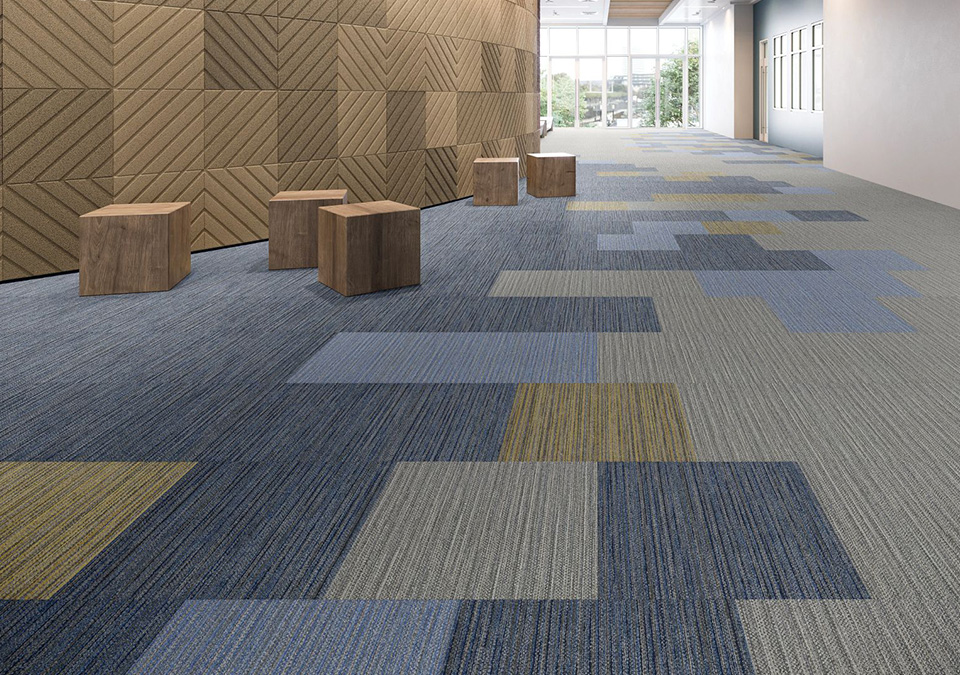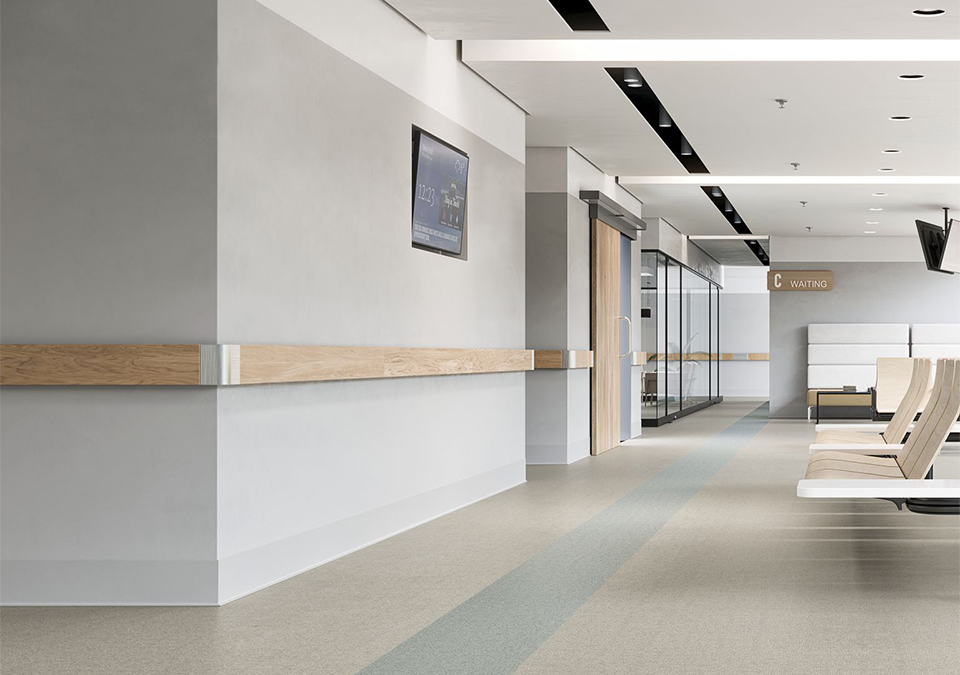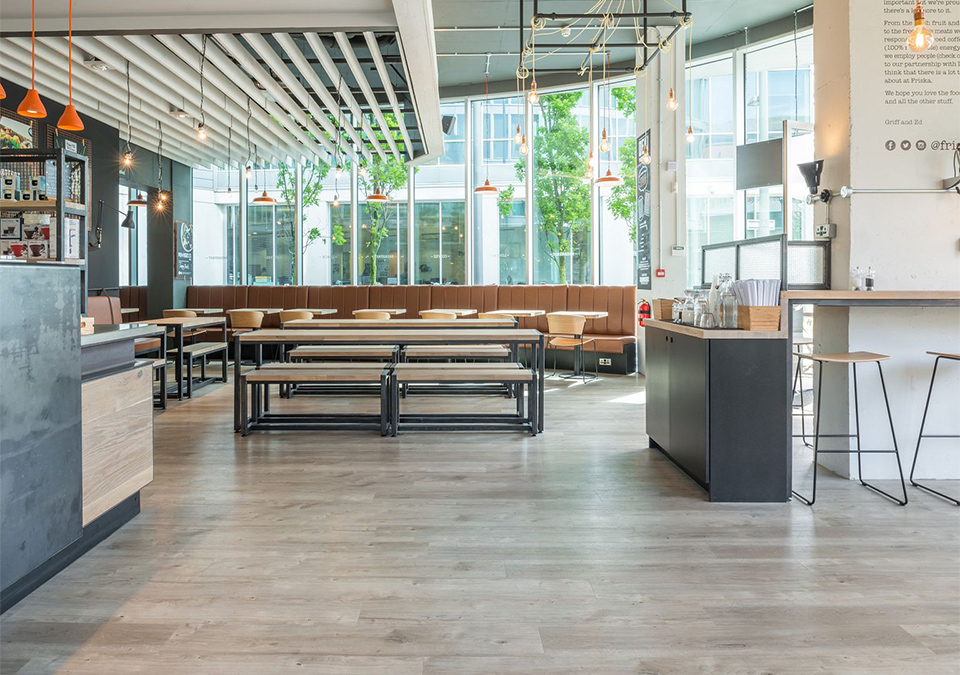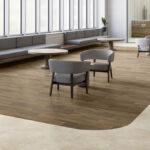The future of flooring is constantly evolving, and commercial flooring stands out as a market where trends vary significantly across different industries and needs. Consumers often find it challenging to stay updated. With groundbreaking trends like AI integration and advanced flooring technology already creating a buzz in the commercial flooring industry, we wanted to sit down with Tonya Montgomery, Account Manager at Commercial Flooring & Interior Concepts. She shared her insights on the latest market trends and her predictions for where the industry is headed in 2024 and beyond.
1. Firstly, how long have you been working in the commercial flooring industry and with Commercial Flooring & Interior Concepts?
With three decades of experience in the flooring industry, my journey began after college at a design firm inside Hatteras Yachts in Fort Lauderdale, Florida. There, I started designing and building custom sculptured area rugs for both commercial and residential properties. After moving back to my hometown of Myrtle Beach, SC, the area rug business continued to grow, along with my commercial and residential floor sales clientele. Following a twenty-year career of crafting rugs, the focus shifted to sales and estimating, leading to a move to New Jersey in 2012 and joining CFIC in 2018.
2. What trends have you noticed becoming increasingly popular in the last year or so?
There are now more options available in glue-down Luxury Vinyl Tile (LVT) with a 5mm overall thickness. Traditionally, LVT has been offered in thicknesses ranging from 2mm to 2.5mm. The 5mm option provides consumers the advantage of seamlessly joining carpet and LVT without requiring the need for a transition strip between the two.
3. Is there anything you think consumers should keep in mind about these trends?
When considering an LVT product, it’s crucial for consumers to consider wear layer options. A 12mil wear layer is suitable for very light commercial use, while a 20 mil and above is ideal for areas with heavy foot traffic. This is a very important factor that the consumer should consider. The price difference may or may not be a factor for some, but the added durability of the thicker options makes it well worth the investment. Even thicker wear layers are available, but the 20mil has consistently proven to be an excellent choice over the years.
4. Do you have any predictions for where the commercial flooring industry is headed in 2024 and the next few years? Do you believe AI and advanced technologies will significantly impact the industry?
You will continue to see commercial designers focusing on blending indoor and outdoor spaces. There is a push towards designs that reflect elements from the natural world that provide a calming effect.
Designers are slowly moving away from the cooler colors that have dominated the interior scene in favor of warmer colors and tones. A desire for brighter spaces encourages designers to take more of a risk in specifying light-colored floor covering solutions.
Additionally, AI-powered designer visualization tools are gaining popularity, allowing consumers to visualize how different flooring and design options would look in their space.
5. What are some of your favorite new commercial flooring trends or trends making a comeback?
I’m impressed by the steps major manufacturers are taking to protect our environment. Many have implemented major recycling programs to help divert materials from landfills. Billions of pounds of post-consumer carpet make its way into our landfills every year. There are programs set up to break down old materials and make them usable for new flooring products. Also, many companies can turn plastic bottles into carpeting. On average, it takes about 63 reclaimed plastic bottles to create a square yard of carpet. Saving billions of plastic bottles from ending up in landfills each year.
*Photo courtesy of Mannington Commercial.






